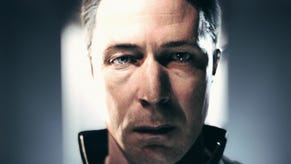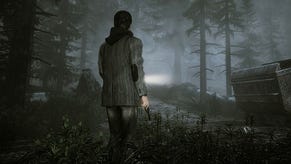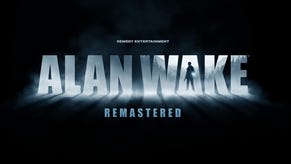Alan Wake: the sub-HD debate
Remedy vs. the pixel counters.
Remedy has responded to online claims that upcoming Xbox 360 exclusive Alan Wake runs with a sub-HD resolution, releasing a statement saying that "modern renderers don't work by rendering everything to a certain final on-screen resolution".
Despite a review version of Alan Wake being sent out by Microsoft to the games media with a strict embargo that expires in early May, some websites have run videos and taken screenshots from which pixel counters reckon that the game's native resolution is 960x540. This appears to be a somewhat different state of affairs when compared with early Wake footage we took a look at back in August last year, which was definitely a native 720p.
Initial comments from Remedy expressed dissatisfaction with unauthorised movies, which it said were captured at 960x540, suggesting that they made the game look worse than it actually is. However, it's clear that the resolution analysis was actually performed on shots from German website videogameszone.de and the screens themselves were clearly taken at 720p settings. These shots have now been removed.
Posting on the Alan Wake community forums, Remedy's Markus Maki says that today's renderers use "a combination of techniques and buffers to compose the final detail-rich frames, optimising to improve the visual experience and game performance. Alan Wake's renderer on the Xbox360 uses about 50 different intermediate render targets in different resolutions, colour depths and anti-alias settings for different purposes."
Maki points out that the component parts of the image, including "cascaded shadow maps from sun and moon, shadow maps from flashlights, flares and street lights, z-prepass, tiled color buffers, light buffers for deferred rendering, vector blur, screen-space ambient occlusion, auto-exposure, HUD, video buffers" are all individual elements with their own individual resolutions which are then combined into one 720p image.
So, who is right - Remedy or the pixel counters? Perhaps the most crucial thing is that there is nothing in Maki's carefully worded statement that is at odds with what the pixel counters are saying. Native resolution of the actual framebuffer is never mentioned. That metric is indeed just one element in overall image quality, but it is also one of the most important. Remedy's argument is very similar to the one put forward by Bungie in the wake of Halo 3 being revealed as running at 640p. The bottom line there is that there's little doubt that the Master Chief epic is sub-HD, and would look significantly improved running at native 720p - indeed, the team's own shots confirm that.
Maki is quite right to point out that individual elements of the image operate at their own individual resolutions, but in most cases the opaque geometry usually operates at 720p. Killzone 2 has a 640x360-sized buffer for particles. Conversely, some of the textures on Kratos in God of War III are 2048x2048 in size, but both games are obviously 720p: no-one claims that these games are 360p or 2048p.
Moving on from that, when we select custom resolutions in PC titles, opaque geometry is the key metric being used to define the size of the framebuffer. It's the amount of pixels used to create the image: higher-resolution shadowmaps or textures can't change that, although they do of course play their own part in overall image quality. Regardless, it's also the case that going lower than 720p usually results in scaling artifacts (most noticeable on high detail and edges) and a blurrier image overall.
While the size of the framebuffer is pretty crucial, it is fair to say that there are a host of other factors that come into play - and this is the point that Remedy is putting across. In Tekken 6 on Xbox 360, players actually have the chance to play the game at sub-HD resolutions with motion blur enabled, or else at 1365x768, scaled down to 720p (with the blur removed).
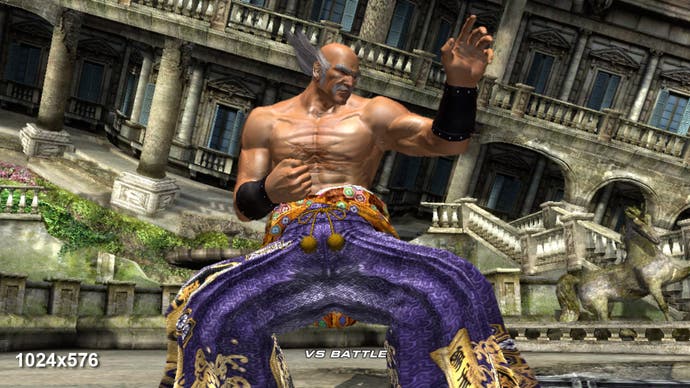
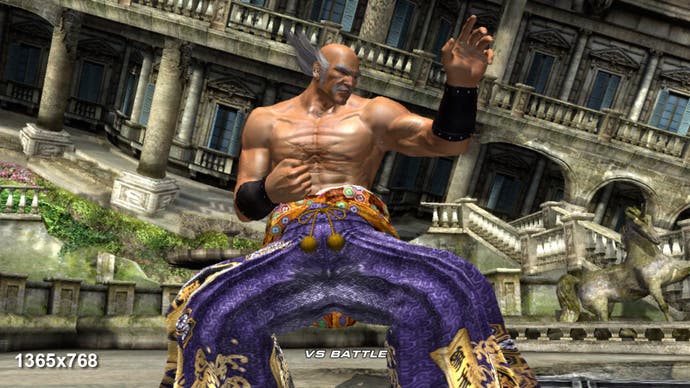
In this case, Namco is using the additional power available with the lower resolution not just to calculate the extremely realistic per-object motion blur. It is also implementing more texture-filtering. Amazingly, despite the huge resolution gulf, Tekken 6 is resolving noticeably more detail running at its 1024x576 default.
Of course, it can also be argued that if Tekken 6 used the same quality of filtering at native 720p, it would offer the best of both worlds and would look better still, but working with consoles requires an acceptance of the reality that there is a finite level of resources available.
If, as the pixel counters say, Alan Wake is running at 960x540 with 4x multisampling anti-aliasing, we do have an existing example of how this looks. Sony's Siren Blood Curse remake on PS3 runs with exactly the same framebuffer set-up. It's another example of how overall image quality still looks very good, and it's pretty impressive just how much the 4xMSAA contributes to reducing the scope of the edge-aliasing. Look beyond the over-bearing grain filter and edge aliasing is virtually non-existent.

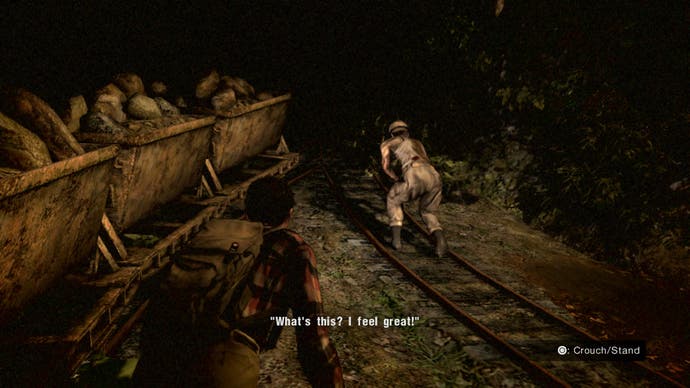
In short then, while native resolution is a defining factor, it is not the be-all and end-all of image quality. Where we have cross-format games and a direct comparison, usually the extra resolution we get from native 720p does make a difference. In the case of Alan Wake, there will be no such comparison, and bearing in mind the extended development time, you would hope that we would see something of the "Tekken effect", whereby any shortcoming in resolution there would be mitigated by processing being carried out elsewhere.
Look out for Digital Foundry's analysis of Alan Wake at review time.

